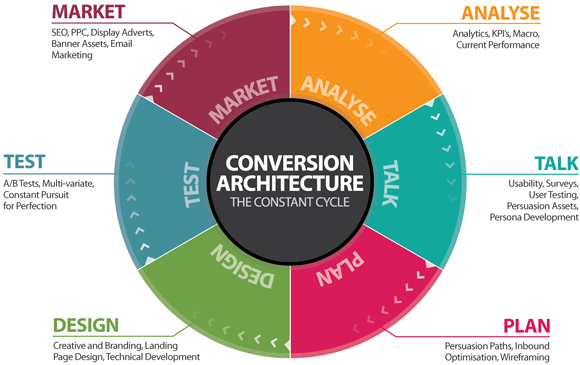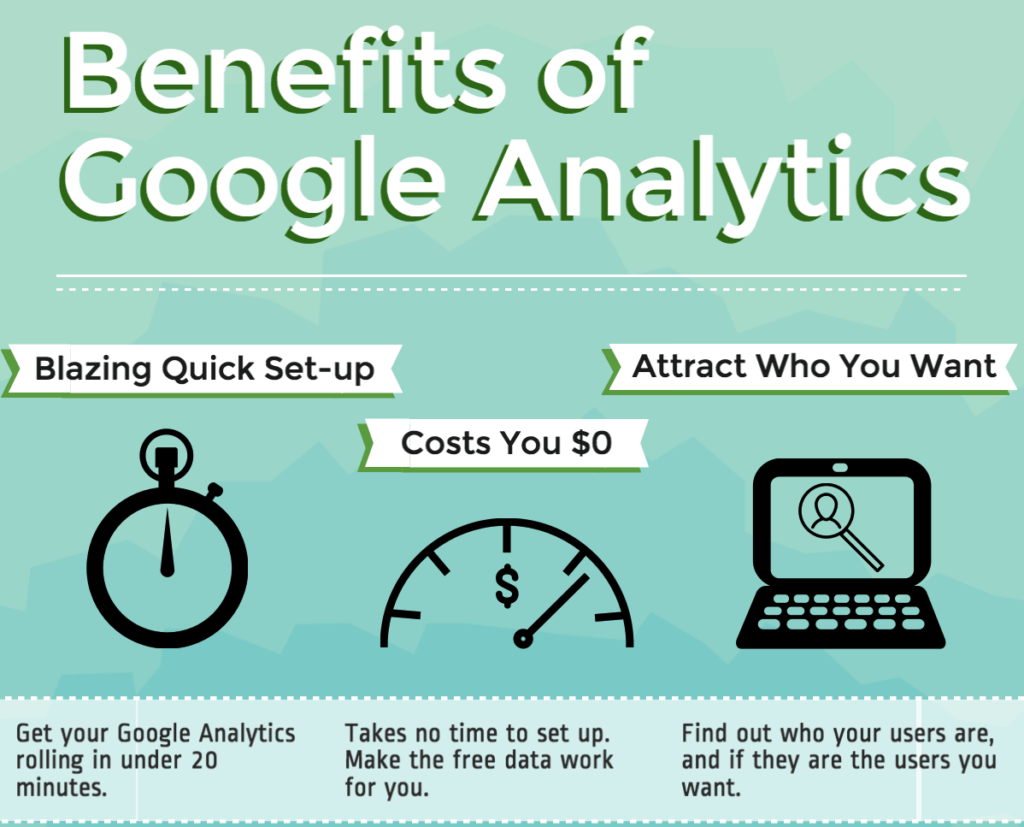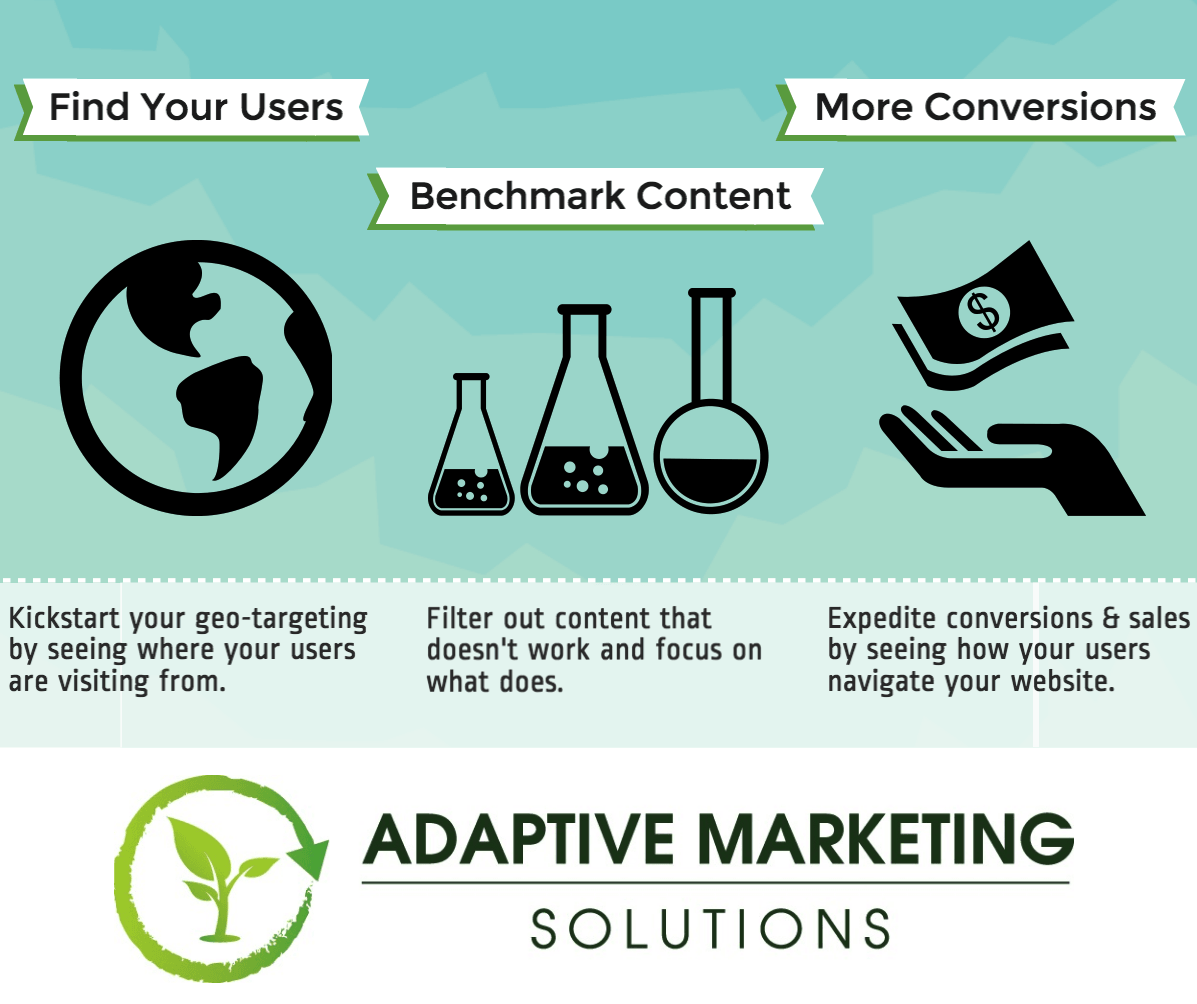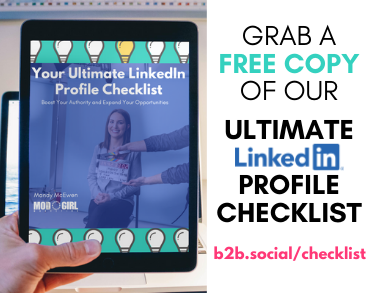
Mod Girl Marketing consultants employ a number of strategies to fuel our clients’ success online, but content marketing has always been the most tested, tried and true component of our lead-generating machine. Through content, a brand develops and bares its soul, influences and mobilizes its customer base, attracts and cements loyalty. Successful content not only connects brands with new prospects, but keeps the company at the forefront of existing customers’ minds and moves people from general awareness to purchase-ready.
[clickToTweet tweet=”Successful #content connects #brands with new prospects & keeps the company top-of-mind with existing customers.” quote=”Successful content connects brands with new prospects & keeps the company top-of-mind with existing customers.” theme=”style3″]
Of course, it’s not enough to sit down, write, and click “publish.” That stab-in-the-dark can only take you so far, even if you are consistent with your posting and genius in your topic curation. To generate profitable leads and see honest returns from your efforts, you’ll need some insights, courtesy of web analytics, to illuminate the path forward.
Here are 8 ways services like Google Analytics can make you a more effective content marketer.
1. You’ll find your biggest fans.
Google Analytics “Audience Reports” provide a wealth of information regarding visitors to your site. You’ll see how many times visitors have returned to your site. You’ll see which demographic your content is resonating with, which can guide you in selecting topics of interest for your core buyers segmented by age, gender, geographic location, or other defining characteristics.
Scott Perry, eCommerce director at Jerome’s Furniture, shows one example of how data-driven targeting works in the real world. His reports suggested that women were converting 30% better than men and spending twice as much. Furthermore, he found that visitors coming over to the site from real estate webpages converted 50% better. Based on this information, Perry was able to invest more heavily in targeting his key demographics for even greater sales success.
2. You’ll keep your visitors engaged… and bounce rates will drop.
Bounce rates are like a slap in the face to any content marketer. We want to believe we are providing the right information to the right people at the right time, and hate to see people leave as abruptly as they arrived. “Why not STAY, friend? Have a cup of coffee?” we think. If you’re getting bounce rates of 70% or even higher, you are in desperate need of analytics consulting.
Analytics data will show you the pages with the highest exit or bounce rates. This doesn’t always signify BAD content, however. Sometimes — like when there is a very high view content and time spent on page, but also a high bounce or exit rate — you are just not giving readers a clear call-to-action to keep them engaged or prompt a conversion.
In other cases, you may find you are attracting the wrong crowd and that people coming in off certain keywords are confused by your content, which isn’t exactly what they were looking for. For example: Carrie Hill over at Search Engine Land was working with a client who offered Mexico vacation rental units. His #2 keyword was “Riviera Maya weather,” but his landing page had a 70% bounce rate. Hill saw that visitors were coming to the page looking for practical weather information, but found information about renting vacation properties instead. There was weather information on the page, but it was buried beneath the fold.
Case in point: you want to be sure your content matches your keyword search queries. Had this Mexico page been all about weather, with a call-to-action to learn more about vacationing in Mexico at the end, the website owner may have seen much better results.

Image: NeilPatel.com
3. You’ll discover your most profitable referral sources to focus your efforts.
“Acquisition Reports” shows you what channels people use to reach your website. This information is the key to campaign optimization. Check out the “Channels” section for a graph that broadly overviews your major traffic drivers — whether it’s organic search, direct content, or referral shares. The “Referrals” tab will show you what websites and advertising platforms are sending the most visitors. It’s important, then, to visit these referral websites and examine what the top 20 or so are writing about, who they’re linking to, and what their social networks are doing. You can gain a lot of insight about what your target market appreciates to direct your own content curation.
4. Find the people most ready to buy — and boost sales conversions.
All traffic is not equal. Our goal as content marketers is not simply to get eyes in front of our writing — but to get the eyes of people who are just about ready to make a purchase.
To drive sales conversions, you’ll want to look at factors like:
- – What content are buyers downloading or abandoning?
- – Which content has the best click-through rates among buyers?
It can be helpful to think of your conversions in terms of ACTIVE (direct messages, sales, premium content downloads) and PASSIVE (link clicks, social shares, viewing additional content). Both types are valuable, but you will want to put a little more stock in the content that leads to active conversions.
5. You’ll find channels to generate better brand awareness when you’re ready to scale.
Building awareness has its place in marketing when businesses are looking to increase credibility through thought leadership and expand their markets. To achieve this objective, you will need to look at data such as:
- – Website traffic numbers and sources
- – Branded search queries
- – Social media shares and mentions
- – Backlinks from influencers
- – Search engine positioning for competitive keywords
A few years ago, Kraft used data to build brand awareness for a new product line they were launching. They were looking to segment their audience and identify fans who may be interested in their new fiery cheese flavors, so they posted spicy recipes on their website. Once users clicked on these recipes, their IP addresses were flagged as prospects for future correspondence on spicy cheese flavor promotions. Through this strategy, they were able to build a spicy consumer base of 1.6 million people.
[clickToTweet tweet=”You need web #analytics to generate profitable leads and see honest returns from your #contentmarketing.” quote=”You need web analytics to generate profitable leads and see honest returns from your content marketing.” theme=”style3″]
6. You’ll retain more customers by delivering the content people want.
What is your click-through rate? How much time are people spending in your site?
These metrics will tell you how engaged your visitors are and whether you are delivering the content they want or not. Brand loyalty is a slow and steady process. You can liken it to a series of love letters that makes the recipient’s heart go pitter-patter just a little bit harder with each new correspondence. Whether you are gauging your website’s core pages or an email campaign, each new piece of content should be a little bit sweeter and more seductive than the last.
7. Discover your brand voice and company’s identity.
These days, most companies employ several different content writers chugging away to meet their content needs. You may find, over time, that there is just one or maybe two of these contributors who is really gaining traction in terms of audience-building, retention, and conversions. Use this writer’s style and voice to guide your direction of your other content creators and the new employees or freelancers you’re on-boarding. You may even consider offering this writer a place on your editorial staff to have a heavier hand in setting up the content calendar and creating a style guide PDF to serve as a template for future content.
8. Find out when to change gears and save those wasted dollars.
Wasted money sucks! We hate it! No one wants top-level management breathing down their neck, wondering why they increased the marketing budget as requested, but failed to see the corresponding returns. No one wants to report that the sales are down this year compared to last. Data — particularly that from A/B testing — is an excellent way to identify content that’s not working and tweak it to be more efficient before draining too many resources.
During the 2012 election cycle, President Obama’s marketing team found that the strongest email subject line for soliciting donations was: “I will be outspent.” This subject line picked up more than $2.5 million in donations! Their A/B testing also found that subject lines tended to work wonderfully for a time and then lose steam, prompting them to test a new set to continue on an upward trajectory.
Want to learn more about incorporating analytics data into your content marketing?
Mod Girl Marketing consultants help businesses (particularly those in tech and healthcare industries):
- – Identify the best analytics software and tools to meet their organization’s unique needs
- – Learn how to use already-purchased analytics software and tools to be more efficient
- – Develop robust content strategies using modern marketing tools
- – Make sense of analytics data and implement testing strategies to refine and direct future campaigns
We also work with fellow marketing agencies and consulting firms to add expertise! Contact me for details.




